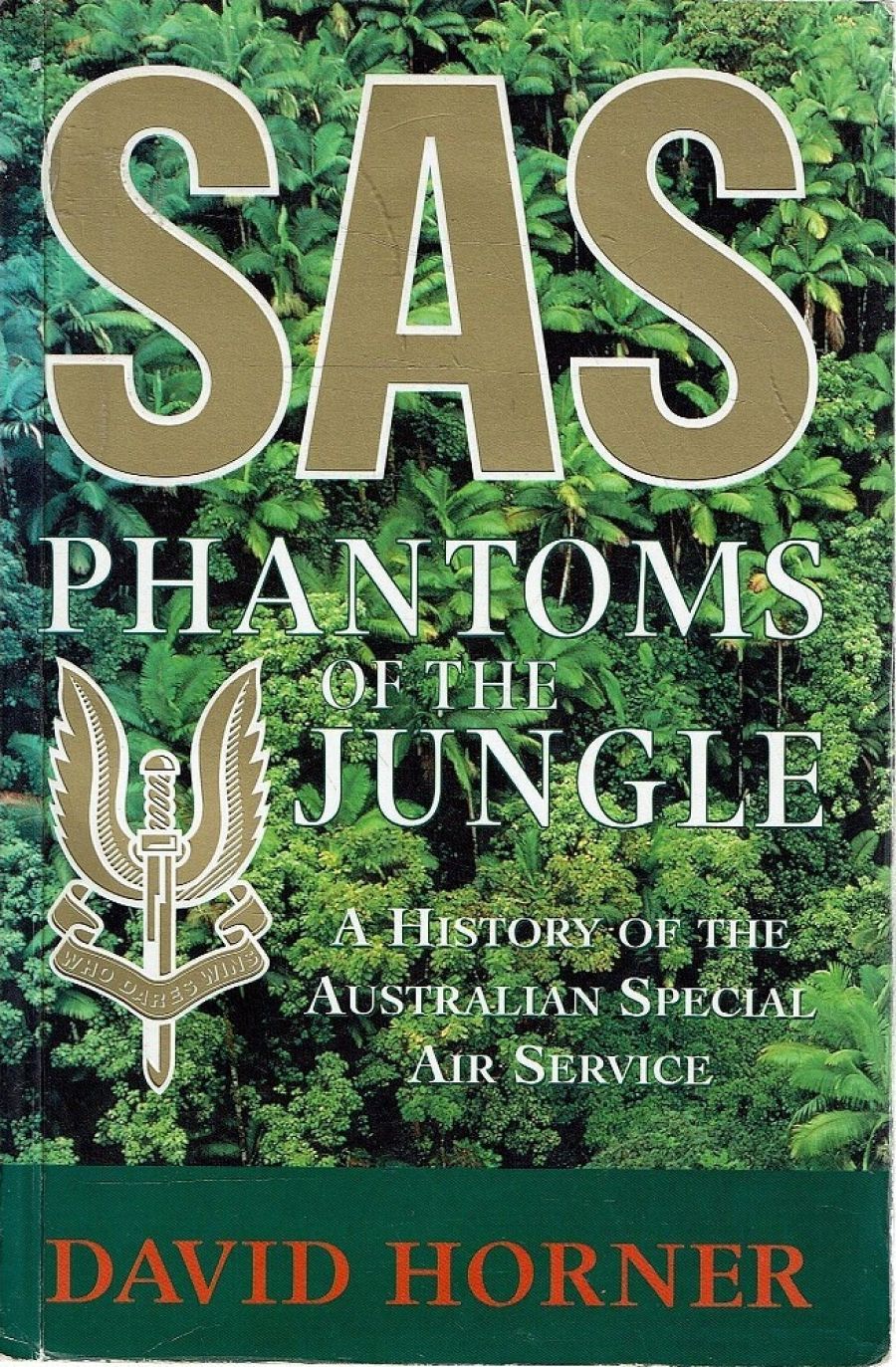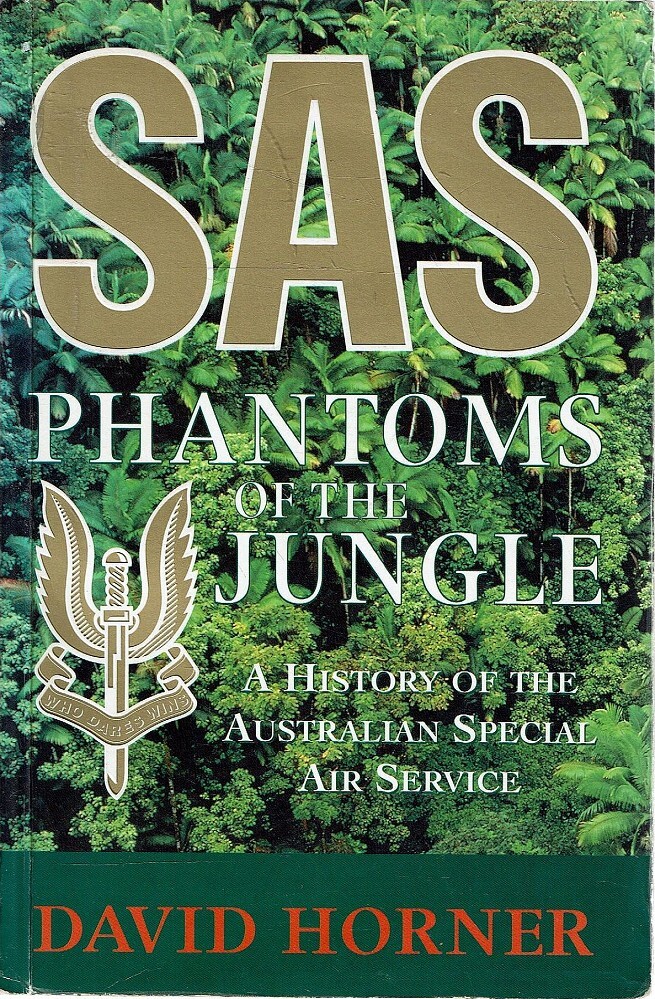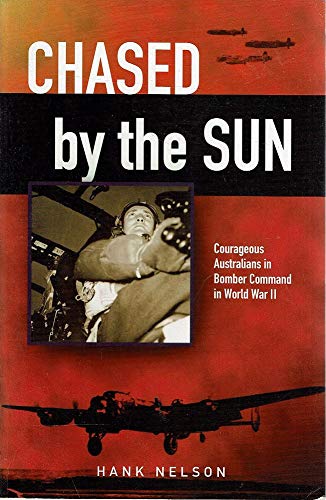
- Free Article: No
- Contents Category: Military History
- Review Article: Yes
- Article Title: Lonely War
- Online Only: No
- Custom Highlight Text:
The Italian historian Giambattista Vico once observed that historical knowledge is less like knowing the facts of things and more like knowing what it is to experience them. Good social history fits Vico’s description. Its power lies in the detail. The paradox of social history is that the apparently prosaic details of the everyday lives of a group of people can become vivid and tantalising, and provide an imaginative experience of those lives.
- Book 1 Title: SAS: Phantoms of War
- Book 1 Subtitle: A History of the Australian Special Air Service
- Book 1 Biblio: Allen & Unwin, $45 pb, 596 pp
- Book 1 Cover Small (400 x 600):

- Book 1 Cover (800 x 1200):

- Book 2 Title: Chased by the Sun
- Book 2 Subtitle: Courageous Australians in Bomber Command in Word War II
- Book 2 Biblio: ABC Books, $32.95 pb, 328 pp
- Book 2 Cover Small (400 x 600):

- Book 2 Cover (800 x 1200):

Prior to the 1970s, military history was largely a reworking of the Victorian historian Edward Creasy’s notion of the Decisive Battles of History. Military history made a radical shift with the publication in 1976 of John Keegan’s The Face of Battle, his study of the experience of ordinary soldiers in the battles of Agincourt, Waterloo and the Somme. In it he applied the lessons of left-wing social history to the battlefield. Keegan’s objective was ‘to suggest how and why the men who have had to face [battle] control their fears, staunch their wounds, go to their deaths. It is a personal attempt to glimpse the face of battle.’ Hank Nelson’s study of Australian aircrew in RAF Bomber Command during World War II is an excellent addition to this school of history.
The aircrew of Bomber Command are a fascinating group for a number of reasons. They faced very high casualty rates even when the Allies were dominant. For much of the war, they had less than an even chance of surviving. During certain intense periods in 1943 and 1944, their chances were minimal. Most Allied soldiers and sailors would fight few major battles throughout the whole war. The aircrew, on the other hand, had to fly two tours of thirty operations each. Most of them were dangerous. Thus they are a study in courage, endurance and fatalism. Secondly, the bomber crews were, for most of the war, engaged in area bombing: that is, the bombing of cities rather than specific military or economic targets. Having suffered horrendous losses trying to bomb during daylight early in the war, Bomber Command became a night bombing force. It did not have the technology to bomb targets smaller than a city by night. The crews, therefore, had to confront the reality that they were not only bombing factories and shipyards but killing women and children, destroying schools, hospitals and churches. Finally, they fought an intensely lonely war. While there were usually several hundred aircraft involved in a large raid, most (including the German nightfighters) were invisible to each other. Each aircrew therefore felt it was a group of seven men against the whole Luftwaffe, the German anti-aircraft artillery and the weather. A Canadian pilot has described the experience as like being locked in a dark room with several kilograms of dynamite strapped to your body with people shooting at you. What gives Nelson’s book particular depth, however, is his recognition that there was more to the experience of going to war than sitting petrified in a Lancaster over Berlin. A tour of operations (if a man survived) might be completed within as little as three months. It took two years to train bomber pilots and navigators. Unlike soldiers who fought in the deserts or jungles, their ordinary lives were spent in the English countryside, close to women, railways, pubs and big cities. Sex, grog and imminent death made a powerful combination, and many of the young men were determined to make the most of what time they had.
Nelson describes the motivation of the recruits, the selection procedures, their lengthy training in Australia and overseas, their passages to Britain, their attachment to the ‘home country’, their relations with the English, women in particular, and, of course, battle. He highlights the fact that crews were frequently a mixture of nationalities, even on Australian or Canadian squadrons. Many Australians served on British squadrons, and a British or Canadian or New Zealand gunner might find himself flying on 460 Squadron RAAF. It was the last truly imperial fighting force. Nelson provides insight into the day-to-day lives of the thousands of individuals who made up Bomber Command. While Nelson’s study is in many respects a social history of all RAF Bomber Command aircrew, he emphasises the peculiarities of the Australian experience. One of these was the desperate desire of many to go home after Singapore fell. Another was that some survivors were told on their return that they had been ‘Jap-dodging’, an extraordinarily ignorant and hurtful insult.
Bomber Command has been the subject of some very good and very poor history writing. Chased by the Sun is the best social history yet written in the field. It is a pity it has taken half a century, but we may be thankful for its arrival to tell a sadly forgotten but extraordinary story.
SAS: Phantoms of War is another in Allen & Unwin’s valuable series of Australian military histories. David Horner’s revised history of the SAS Regiment is timely given the unit’s involvement in Afghanistan. Professor Horner, an ex-soldier, writes a traditional type of regimental history, but with academic rigour. The original edition was published in 1989 and, but for two additional chapters bringing the story up-to-date, it has not been significantly revised.
To my mind, the most interesting chapter is Horner’s discussion of the phenomenon of ‘Special Forces’. In Australia and other countries, commandos, SAS troops and other Special Forces have achieved in the public mind an extraordinary and mysterious glamour for reasons that do not have much to do with their military significance. Many military thinkers regard Special Forces as a waste of resources and an inappropriate diversion of élite or superior soldiers from the Army’s main force. Horner does not explicitly take sides in the debate but, by his apparent admiration for the achievement of the SAS Regiment, demonstrates his belief that, within its own parameters, the regiment has performed remarkably.
The other chapter I think the general reader will find interesting is Horner’s account of operations in East Timor. While he concentrates on the SAS, he gives a detailed picture of the role of the Australian Defence Force in helping secure the independence and safety of the East Timorese.
Astonishingly, despite being engaged in many conflicts from the time of ‘Confrontation’ with Indonesia in the early 1960s to East Timor, the SAS lost only one soldier to enemy action. (Another has recently been killed in Afghanistan.) This probably illustrates better than anything else that the SAS’s primary role has been not direct engagement with an enemy so much as secret reconnaissance and intelligence-gathering. Perhaps that role is being revised in Afghanistan, but we will await Horner’s update for that analysis.


Comments powered by CComment